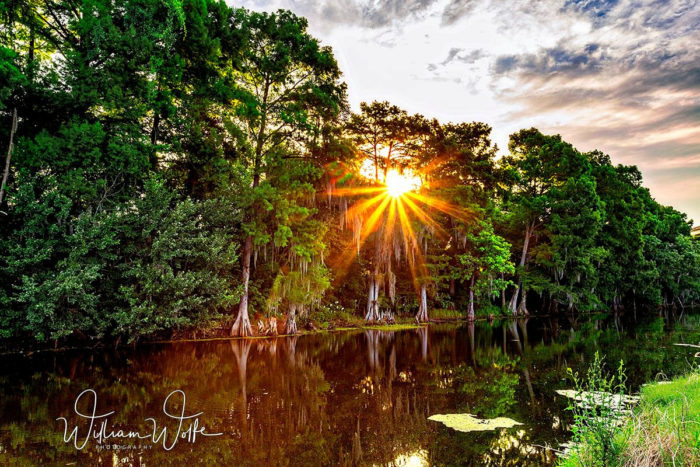Link-by-Link Track Made Easy
by Bill Wolfe
No one, but no one HATES “link by link” tracks more than I do.
I have even gone so far as to call Tamiya and order ‘rubber-band’ tracks for DML kits that I wanted to build, but didn’t want to deal with the tracks!
I knew I was going to have to deal with them sooner or later, I have done the link by link thing on a few models but the ‘Nashorn’ showed me that I didn’t want to do it very often. I had to find a way to make this part of model building quicker and a little bit more fun (remember the reason we build these things. . . .FUN!!!)

Now I can’t really take the credit for this tip: I read it somewhere, but I wanted to pass it along for anyone who might have missed it.
Here is what you’ll need:
The first and most important thing is a jig to help you keep the track runs going as straight as possible. I made this one from .040 styrene with a length of styrene channel along the edge. This will help to keep the tracks moving along a true course. The second thing you need is, of course, a hobby knife with a sharp #11 blade and fine point tweezers
Third on the list is plastic cement and a FINE pointed brush to apply. Now the secret tip item. As you can see from the picture, you’ll need some Scotch tape.

Here’s how to do it: Cut your links from the sprues, cleaning them up as best you can. Pay attention to the edges that will be up against the styrene channel. Place the scotch tape sticky side up, with one small piece on each side to hold it down on your work surface
Using your tweezers, pick up the first link and place it down on the sticky tape. Make sure to position it with the rest of the run in mind, this first one will determine how the rest of the run turns out. Use about as many links as needed to run the length of the bottoms of the road wheels. Take the pointed paint brush, dip it into the glue bottle and touch it to the area where the next link will mate to the first.
When you’ve finished a run of links: WAIT! The biggest problem I had before this tape method was trying to pick up the run of links too quickly and watching them fall apart all over the work bench. I waited about 2-3 minutes after the last link of the run had been added. This may not seem like enough time, but the tape will help hold the links together while you are bending them around the curves of the sprocket or making them sag between return rollers. If you wait too long they won’t bend as they should and will become too stiff and brittle.

Cut the tape ‘holders’ and pick up the track run with the Scotch tape attached to the bottom of the run. Place them on the vehicle where they go. Bend them as you move along the road wheels and return rollers. Use small pieces of tape to hold each run together. The sections will be attached to one another with super glue after they have been painted, washed and drybrushed.
Work your way around the road wheels with run after run, (This tank took 4 runs) taping them to one another as you go.
Once in place, leave the tracks overnight to dry. The next day the tracks will be solid and ready for the paint treatment. You could also glue them in place on the vehicle as you go using the tape to hold them and paint the vehicle and tracks at the same time. I wanted to do some other work on the lower hull of this model before I add the tracks. This is why I wanted to try this tape method.

While this model (ICM’s “LUCHS”) does not have tracks as long as some other models, it gave me the feeling that I could now tackle a model with longer track runs and still keep my wits about me. One word about link by link tracks: Some people will spend hours filling sink holes on the track pads and inside surfaces. Keep in mind that when the model is finished there will only be about 10 or 15 tracks that you will be able to see the inner or outer surfaces of and only these should get your attention and valuable model building time!
Photos by Bill Wolfe
